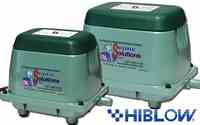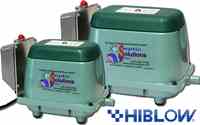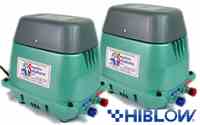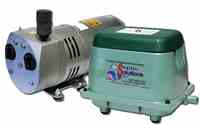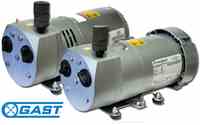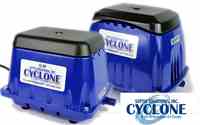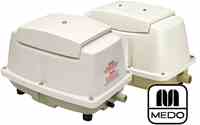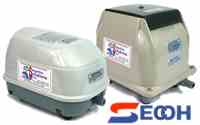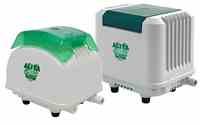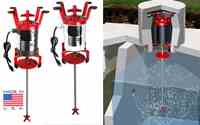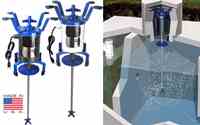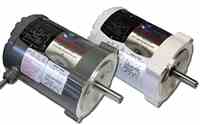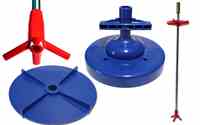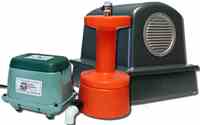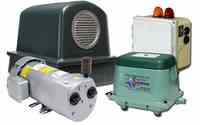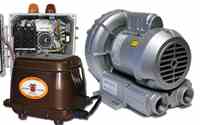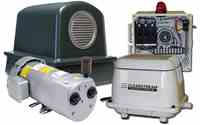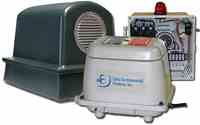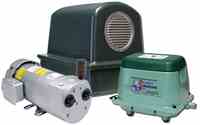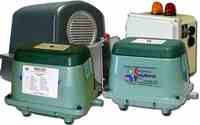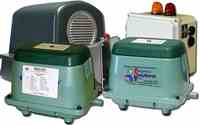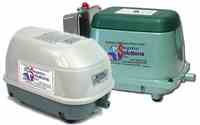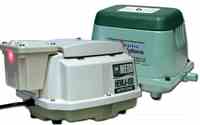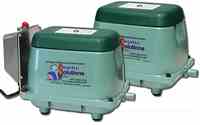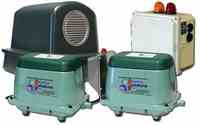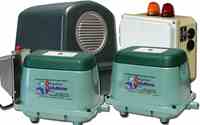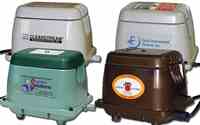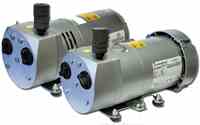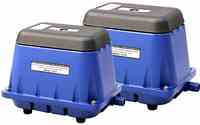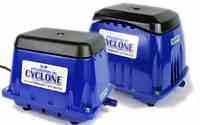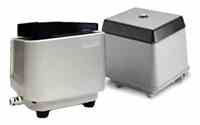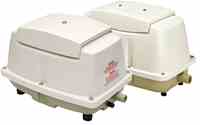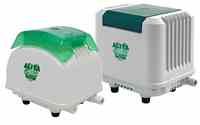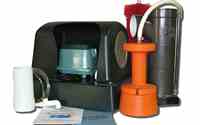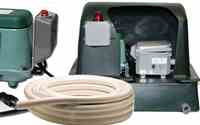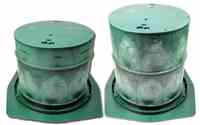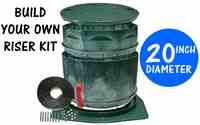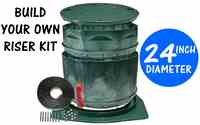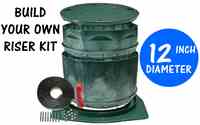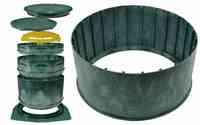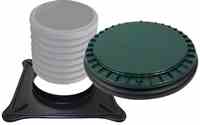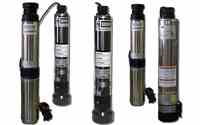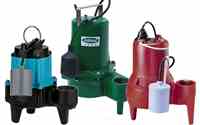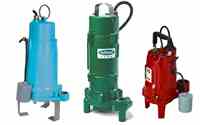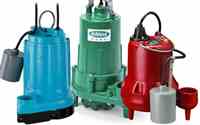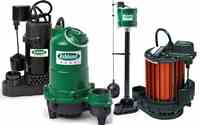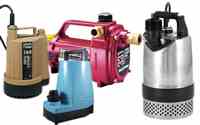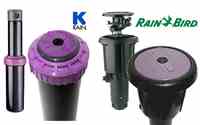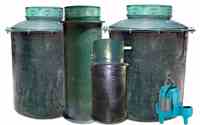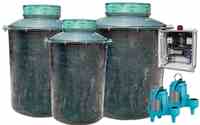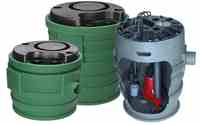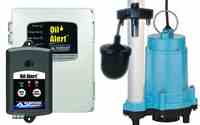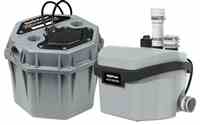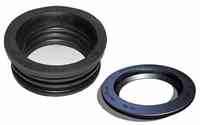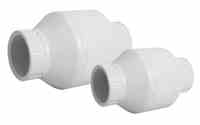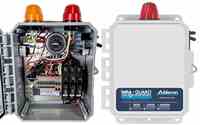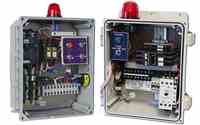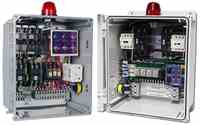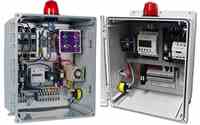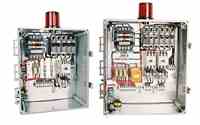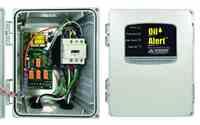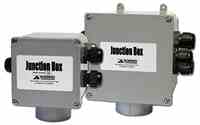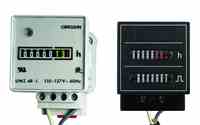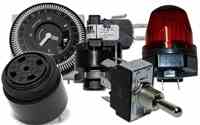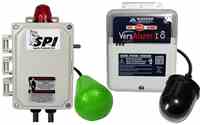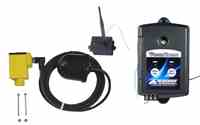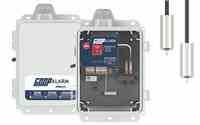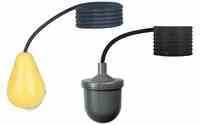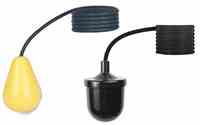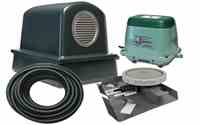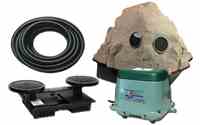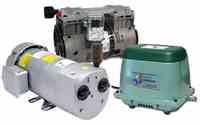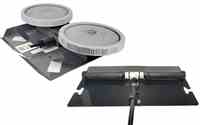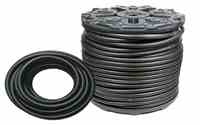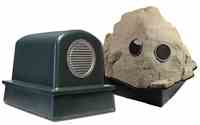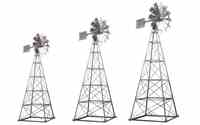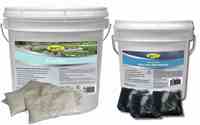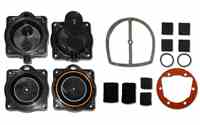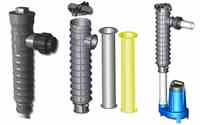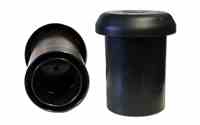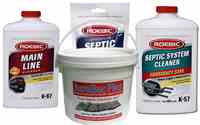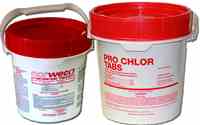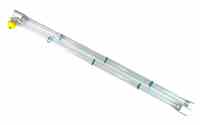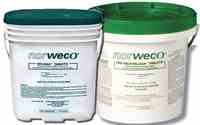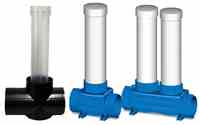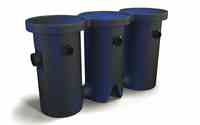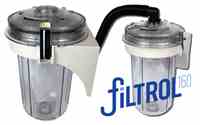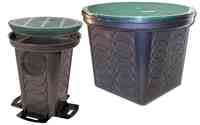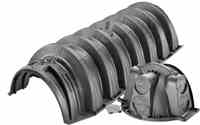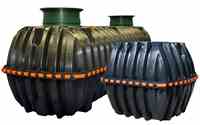When Should I Pump Out My Septic Tank?
Publish Date: July 31, 2025
Updated: August 11, 2025
Maintaining a septic system is crucial for ensuring its longevity and preventing costly repairs. One of the most important maintenance tasks is pumping out the septic tank, but many homeowners are unsure about when this should be done. This article explores the factors that determine when to pump your septic tank, signs that indicate it’s time, and best practices to keep your system running smoothly.
Understanding Your Septic System
A septic tank is an underground chamber that collects and treats wastewater from your home. Solids settle at the bottom (forming sludge), while lighter materials like grease float to the top (forming scum). The liquid effluent flows out to the drain field for further treatment. Over time, sludge and scum accumulate, reducing the tank’s capacity and potentially causing backups or system failure if not pumped out regularly.
General Guidelines for Pumping Frequency
The frequency of septic tank pumping depends on several factors, but a common recommendation is every 3–5 years for most households. However, this is a general guideline, and your specific needs may vary based on:
1. Tank Size
Septic tanks typically range from 500 to 2,000 gallons. Smaller tanks fill up with solids faster and require more frequent pumping. For example:
A 500-gallon tank for a 2-person household may need pumping every 2–3 years.
A 1,500-gallon tank for a 4-person household may last 4–6 years before needing a pump-out.
2. Household Size
More people in the home means more wastewater and solid waste entering the tank. A family of six will cause solids to build up in a tank faster than a single occupant.
3. Waste Type
What goes down your drains affects your septic system. Non-biodegradable items (e.g., wipes, sanitary products) or chemicals (e.g., bleach, paint) can disrupt the tank’s bacterial balance or increase sludge buildup, necessitating more frequent pumping.
Tip: Check your tank’s size and consult a septic professional to estimate a pumping schedule based on your household’s usage. Many septic service providers can provide charts or calculators to guide you.
Signs It’s Time to Pump Your Septic Tank
Don’t wait for a problem to arise—monitor your system for these warning signs that indicate it’s time to pump:
Slow Drains: Gurgling or slow-draining sinks, toilets, or showers may signal a full tank or clogged drain field.
Foul Odors: Sewage smells near the tank or drain field suggest sludge buildup or overflow.
Sewage Backup: Wastewater backing up into your home is a serious issue requiring immediate pumping and inspection.
Lush Grass Over the Drain Field: Excessively green or soggy grass may indicate effluent surfacing due to a full tank.
If you notice any of these signs, contact a septic professional immediately to avoid system damage or environmental contamination.
How to Determine If Your Tank Needs Pumping
A professional inspection can confirm whether your tank needs pumping. During an inspection, a technician will:
Measure the sludge and scum levels using a sludge sampler.
Check for signs of leaks, cracks, or drain field issues.
Recommend pumping if the sludge layer exceeds one-third of the tank’s depth or if the scum layer is within 6 inches of the outlet pipe.
DIY Check (with caution): If you have a septic tank riser, you can carefully access the tank and use a sludge sampler to measure the sludge depth. However, this is risky due to toxic gases and should only be done by experienced individuals or professionals.
Factors That May Require More Frequent Pumping
Certain situations may necessitate pumping more often than the standard 3–5 years:
Garbage Disposals: Frequent use of a garbage disposal increases solid waste, filling the tank faster.
High Guest Volume: Temporary increases in household occupants (e.g., holiday gatherings) can strain the system.
Commercial Use: Businesses like restaurants or laundromats produce more wastewater, requiring annual or semi-annual pumping.
Older Systems: Aging tanks may have reduced capacity or damaged baffles, leading to faster sludge buildup.
Best Practices to Extend Time Between Pump-Outs
To maximize the efficiency of your septic system and reduce pumping frequency:
Limit Non-Biodegradable Waste: Avoid flushing wipes, diapers, or feminine products.
Use Septic-Safe Products: Choose biodegradable soaps and avoid harsh chemicals.
Limit Fats, Oils, and Grease: Fats, Oils, and Grease take a long time to break down. Avoid putting food waste down your garbage disposal.
Regular Inspections: Schedule annual or biennial inspections to catch issues early.
What Happens During a Septic Tank Pump-Out?
A professional pump-out typically involves:
Locating the tank (simplified with a septic tank riser, as noted in the Septic Solutions Knowledge Base).
Removing the lid and pumping out sludge, scum, and effluent using a vacuum truck.
Inspecting the tank for cracks, leaks, or damage.
Cleaning the tank and ensuring the inlet and outlet pipes are clear.
Replacing the lid and restoring the site.
Cost: Pumping costs range from $200–$500, depending on tank size, location, and local labor rates. Regular maintenance is more cost-effective than emergency repairs.
Local Regulations and Permits
Some areas require permits or adherence to specific guidelines for septic tank pumping. Check with your local health department or environmental agency to ensure compliance. A licensed septic professional can help navigate these requirements.
Conclusion
Pumping your septic tank every 3–5 years, or as needed based on tank size, household usage, and inspections, is essential for maintaining a healthy septic system. Watch for signs like slow drains or odors, and adopt water-saving habits to extend the time between pump-outs. For additional resources on septic maintenance, including float switches or risers, visit the Septic Solutions Knowledge Base. Regular care and timely pumping will keep your system efficient, protect your property, and prevent environmental issues.


